Research has shown that a teenager’s brain does not resemble an adult’s fully matured brain until they reach their early 20’s. This means that teenage years are still very much part of their development stages and their behavior during that time can be characterized by impulses, risk-taking, escalating emotions, and a lack of thought for consequences.
The adolescent years are a transitional period for teenagers. “Very smart adolescents will do very stupid things in a very impulsive way,” writes neuroscientist Frances E Jensen, author of the enlightening book The Teenage Brain. They are learning and experiencing not only physically and psychologically but, as research now tells us, they are developing in their brain structure. During this time, adolescents often engage in experimentation with alcohol and drugs which can also have an effect on their functioning and development. Psychosocial aspects affecting adolescent decision-making come into play and can influence a decision on whether to engage in criminal activity or not.
This has become an area of interest for researchers; peer influence, attitude toward risk, future orientation and capacity for self-management are all aspects involved in the developing teen and intertwined with their behavior.
Criminal behavior from teenagers can range from anti-social behaviors including bullying and making threats to shoplifting and thefts. Some more serious crimes can involve violence from teenagers, physical fighting, and assaults, with statistics indicating other teenagers are more often the victims of teen violence. The use of drugs and alcohol can be an attraction for adolescents who want to try something new or do what all their friends are doing. The risk of addiction and criminal behaviors resulting from such substance misuse is a danger for teens of this age.
Research suggests the majority of violent crimes committed by young offenders are often against other teenagers and this has been evident in the UK, the United States and other countries across the world. In Germany and the Netherlands for example, young people between age 15 and 17 were up to four times more likely to be the victim of an assault than adults.
Young men have traditionally been at higher risk of both being the perpetrators and the victims of such assaults. Significantly, these trends were not seen in the crime data for adults, suggesting such patterns were not simply due to an increase in overall crime but were specific to juvenile crime.
Crime and the Teenage Brain
The consequences of crime for teenagers can be extremely serious; one-act can change the course of their future with a very difficult road ahead. In the UK for a teen under the age of 17, criminal offenses will often be dealt with in a youth court. Less formal than an adult court, such courts tend to deal with offenses such as theft, anti-social behavior, and activities involving drugs.
The early 1990’s saw changes in the law where juveniles could be tried as adults in certain cases with an emphasis on deterrence to others. In the UK it is rare for young offenders to be tried in an adult court, only where the offense is deemed too serious for a youth court, for example, the case of James Bulger, a 2-year-old child abducted and murdered by two 10-year-old boys in Liverpool in 1993. In the United States, most states at this time changed their policies to make it easier for a juvenile to be tried in an adult court of law and sentenced appropriately for their crimes.
Such policies included charging young offenders, teenagers under the age of 18 years, as adults. According to The Sentencing Project, in the 20 years between 1990 and 2010, the number of juveniles serving time in adult prisons has increased by almost 230%.
The costs involved to house any prisoner is well documented and adding juveniles to the equation only confounds that problem. Furthermore, mixing potentially vulnerable, susceptible and easily led teens in with hardened criminals is unlikely to lead to a positive and improved outcome for such juveniles.
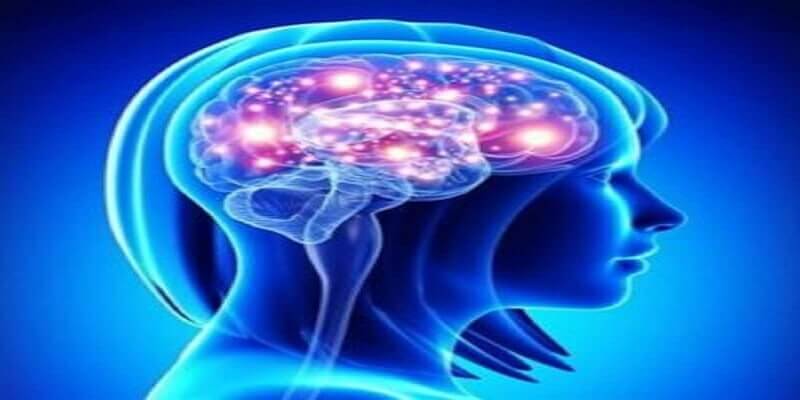
The Developing Teenage Brain
The human brain is made up of neuronal connections, a wiring system if you like which makes connections between cells to communicate across the brain. Synapses within the brain are the connections between brain cells and are contained within the grey matter of our brains. Recent research has included longitudinal studies of children from childhood through to early adulthood. Using MRI scanning technology a picture of their brain development as they grow and get older was able to be compiled. What this research told us was that the levels of grey matter in the brain initially increases during early childhood and then decreases during adolescence.
When the brain is developing in early adolescence there is a process of ‘pruning’ where the grey matter and connections which are weak or unused are ‘pruned’ back to make way for faster more efficient connections moving into adulthood. Furthermore, where the grey matter recedes, the white matter increases as new connections are covered in a protective myelin sheath to protect them in the future.

This action also begins the processes required for intricate chains of connections to be made which are needed for the more complex cognitive processes such as problem-solving which we need as adults.
These processes and the maturing of the brain occurs from the back of the brain to the front of the brain which means the frontal cortex and frontal lobes of the brain are the last to fully mature.
A study by Nitin Gogtay and colleagues from the National Institute of Mental Health, monitored children through MRI studies every 2 years from the ages of 4 to 21 years old measuring the physical change in brain tissue as a child gets older. This research highlighted the back-to-front process of brain maturation showing the frontal lobes were the last to mature. These changes continued up to the age of 21 years, the oldest individuals studied in the research, suggesting maturation may even continue after this age.
This is important as these are the areas which are in control of our emotions, impulses, high-level reasoning and decision-making and notably are the areas most often associated with criminal behavior. This is the reason these skills in teenagers can often be weak. They do not necessarily think of the consequences of their actions and they may not think decisions through fully. They can act more impulsively and partake in risky behavior as a result. One psychologist, Laurence Steinberg describes it as “a well-developed accelerator but only a partly developed brake”.
The frontal lobe of the brain can be thought of as the control and organization center where information from other areas of the brain is monitored and a reaction is decided upon. As children develop through adolescence this area reorganizes how it deals with information coming from other parts of the brain, becoming better at putting the brakes on raw emotional responses where necessary.
Teenagers, of course, are still responsible for their own actions. While the adolescent brain, we now know, is different from both a child’s and an adult’s brain, teenagers are quite capable of making rational decisions. However, these vulnerabilities can make them more prone to risky impulsive behaviors compared to a young adult in their early 20’s. Moreover, they can be easily influenced and are more susceptible to peer pressure than an adult is.
The limbic system is another area of the brain heavily involved in emotional behavior. It is a section deep within our brain structure and is associated with instinct and immediate reactions such as fear and anger. The frontal lobes of the brain are where these reactions are tamed to ensure our response is proportionate and appropriate for the situation we are in and the response is considered in terms of consequences. In a teenage brain, this halting system is not fully developed, this is why your loving gentle teenager can turn into a shouting grumpy slamming door monster at the drop of a hat. Apply this to the outside world with social pressures and environmental influences and you can run into problems.
Before ‘pruning’ takes place in the brain, a teenager’s mind is a jumble of thoughts, reactions, emotions and responses and they do not have the control we adults do over organizing and keeping track of them through the frontal lobes. This results in the kind of behavior we can typically see from teenagers and means they cannot access the experiences and emotions inside their brain which may temper such responsive and impulsive behavior, as easily as we can.
While all this research has greatly improved our understanding of the teenage brain and its development it is still not quite advanced enough to be clear when it comes to the legal culpability of adolescents in a court of law. The United States, in particular, has seen some significant cases of teenagers committing serious crimes and each one has sharpened the debate over criminal consequences for youth offenders and their level of criminal responsibility.

US Supreme Court Juvenile Cases
In 2005 Christopher Simmons who was 17-years-old was found guilty of murder. In 1993 along with a friend, he planned and carried out the kidnap of 46-year-old Shirley Crook. Simmons broke into her home, tied her up with electric cable and duct tape and pushed her from a bridge into the Meramec River in St. Louis County, causing her death by drowning.
Christopher Simmons confessed and re-enacted the crime for police. His friend testified against him in court showing the crime had been planned and premeditated. He avoided the death penalty partly due to research on the developing teenage brain. Most courts struggle to impose the death penalty on juveniles and Simmons was sentenced to life without parole. However, Justice Anthony Kennedy who oversaw the case did refer to this evidence in his summing up.
“…a lack of maturity and an underdeveloped sense of responsibility are found in youth more often than in adults.” – Judge in the Simmon’s Case
The Roper V Simmons case in 2005 deemed it unconstitutional for the death penalty to be given for individuals under 18 years old at the time of the offense. This was mainly due to the argument of diminished culpability because of adolescent age and less developed psychosocial skills compared to adults.
The consensus of other States who generally do not impose the death penalty on juveniles was noted, along with the policy of other countries. The UK, for example, abolished the death penalty for murder cases in 1965.
Where a death sentence is avoided, often a juvenile life without parole sentence is imposed. Generally thought of as acting as a deterrent to others, the research into crime and deterrence theory, however, does not support this. Amnesty International for example, in their 2013 briefing Not Making Us Safer: Crime, Public Safety, and the Death Penalty, states that the threat of adult punishment and the prospect of life in prison makes little difference in deterring others from committing such crimes themselves.
Some argue that the outcome of the Roper case should mean the abolishment of life without parole sentences for juveniles. They argue that neither the death penalty or life without parole serve as a deterrent to others and should not be kept in place for this reason alone. They push the notion that by the Court’s own admission juveniles are immature in their thoughts and actions and not capable of fully processing the concepts and ideas that would lead to deterrence.
It is clear that the recent research and debate over this practice is having an effect within the United States. The Campaign for Youth Justice has stated that since 2005, 29 states have passed new laws making it more difficult for juvenile offenders to be tried within an adult court. In 2012 a ruling that only juveniles charged with murder can be given mandatory life sentences has also come into force from the Supreme Court.
The Roper v Simmons case and the subsequent research carried out has been a milestone in the United States legal system. For the first time notions that juveniles lack the same level of maturity as adults were accepted as meaning they are less culpable for the crimes they commit. This was alongside the idea that juveniles are less susceptible to the deterrence threat of adult punishment.
Opinions are starting to change and in turn, are providing the opportunity for reform and rehabilitation for juveniles. Acceptance that teenagers have the capacity for change and development for the better is looking an ever closer possibility. While teenagers will continue to be impulsive and make decisions which may take them onto a criminal path, a better understanding of the teenage brain and how it develops will at least provide some basis for appropriate punishment and rehabilitation.
- Admrec.sonoma.edu,.(2015) Crime, Culpability and the Adolescent Brain.
- Brownlee, S., Hotinski, R., Pailthorp, B., Ragan, E., & Wong, K. (1999). Inside the teen brain. US News & World Report, 127(6), 44-52
- Edmonds, M. (2015). Teenage Brain Development. HowStuffWorks.
- Mentorfoundation.org. (2005) Adolescent Brain Development and Drug Abuse.
- Nimh.nih.gov. (2015). NIMH » The Teen Brain: Still Under Construction.
- Pfeiffer, C. (1998) Trends in Juvenile Violence in European Countries. National Institute of Justice, Research Preview
Guy, F. (2015, Jun 16). Teenage Brain Development and Criminal Behaviour. Crime Traveller. Retrieved from https://www.crimetraveller.org/2015/06/teenage-brain-development/











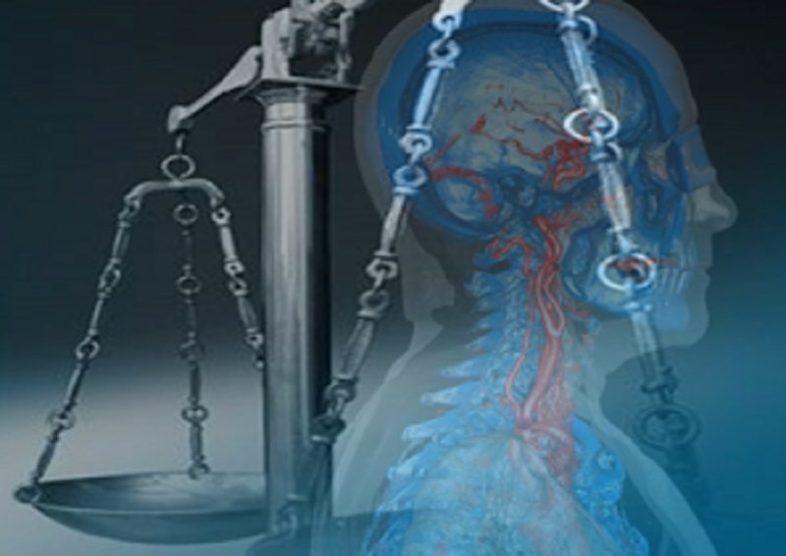

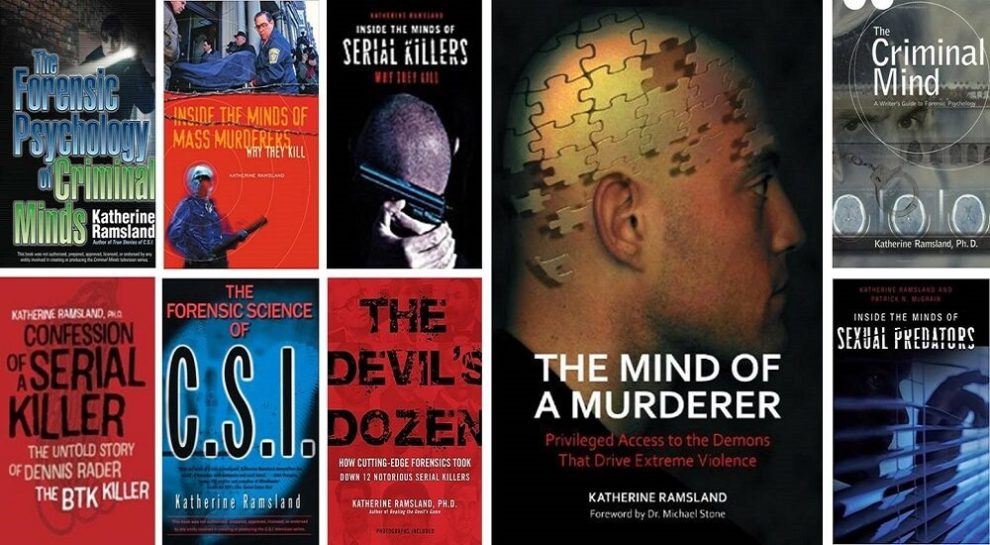

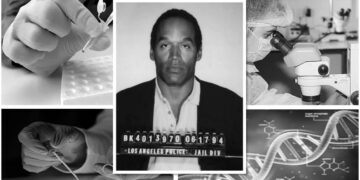




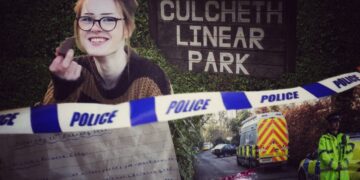






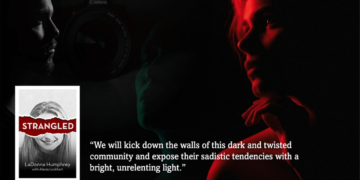
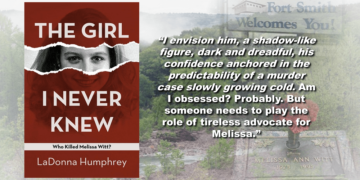










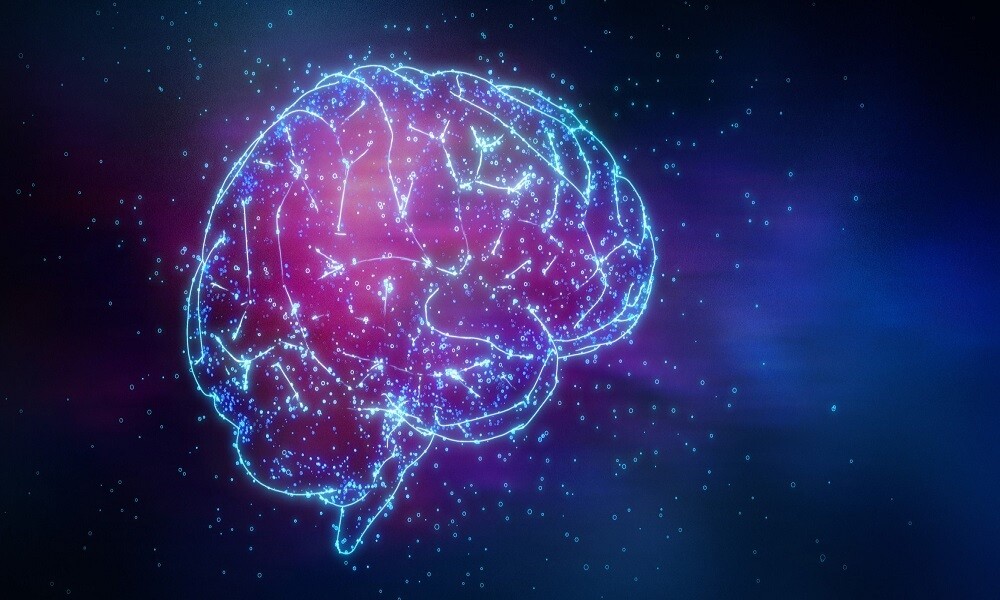

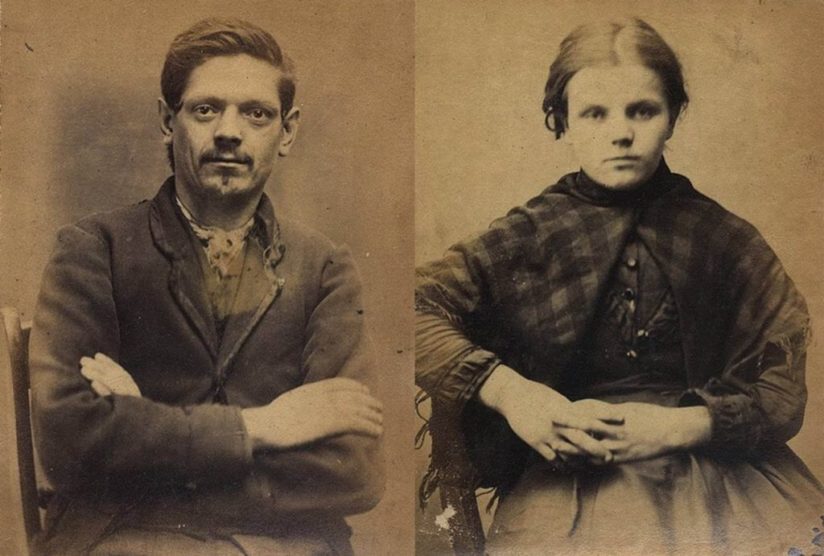



Hi, Great article!
I think this infographic will greatly compliment your article.
http://visual.ly/does-modern-parenting-hinder-brain-development
This discusses how modern parenting could contribute to depression. Enjoy!
Hi Sherlock, thanks for the suggestion and great infographic. I think it would work best on a post focused more on parenting rather than brain development of teens so I will be keeping it in mind for future posts! Thanks again 🙂
I learnt things from reading this article. Teenagers are difficult at the best of times but when you think their brains are still developing I feel less annoyed and more sympathetic. Very interesting in relation to crime. I have been reading more recently about crime and brain development in younger people. It seems criminal justice may be catching onto current research.
Hi Valerie, I am glad you enjoyed the article. It is interesting how law enforcement and the courts are now beginning to take the development of the teenage brain and the issues involved into account. I have read a few cases now in America where such details have been used as mitigating factors in a defence, so it is beginning to take hold. It will be interesting, I think, to see how this area develops in the future!
Hmm , there are so many things which needs to be said about the article here , but I will try to reflect in a summarised and in a sort-of-a- crude manner… 1st on a more impersonal note, this article should read by heart , by any of those responsible parents to add scientific sanctions to their already cautious phylosophy of better child upbringing, 2ndly on my cognitive stand on the subject of Criminology as a master’s student and Criminal law as an Law bachelor(etc) , I had always maintained, juvenile delinquency is one halve of Criminology, reasoned because this is the time when the Physical mind gets acquinted with the necessary LIMBS , required to perform movements , ill-action or action at general none the less, a pshycological state, where for the very first time the mind can perform in tangible – ability -ly, and what sorts of presumptions of ‘Ego’ and decisions , made and taken at this juncture, it follows or rather haunts one for the rest of one’s life , either barring or even deconstructing the developments of the adult ‘SuperEgo’ forever AKA making him a sub-social or even a criminal , 3rd ly on a more personal note , In view of this excellent article like to share some micro things which is umm ….deeply personal stuff ? I was raised in a complete ‘ SuperEgo ‘ pshycoanalytical state of the strictest parents styling, right from the time I was born, it did impaired me from my initial ‘ID’ and made it humongously complicated for my self discovery of the ‘ego’ , …All the factors which can make a child fall at the hands of a ‘serial killers ‘ of the world , in this so ‘serial killing’ world… so u see , hindrances to the gradual self realisation of child by the parents , can become counterproductive, if not a criminal but a pray to the to those ‘Ravens’ of Societies. …….As usual , the author ‘s article was an amygdala blockbuster ……